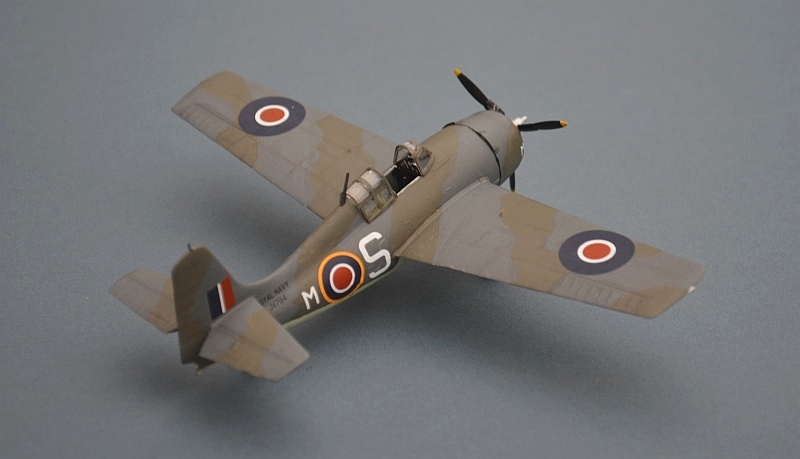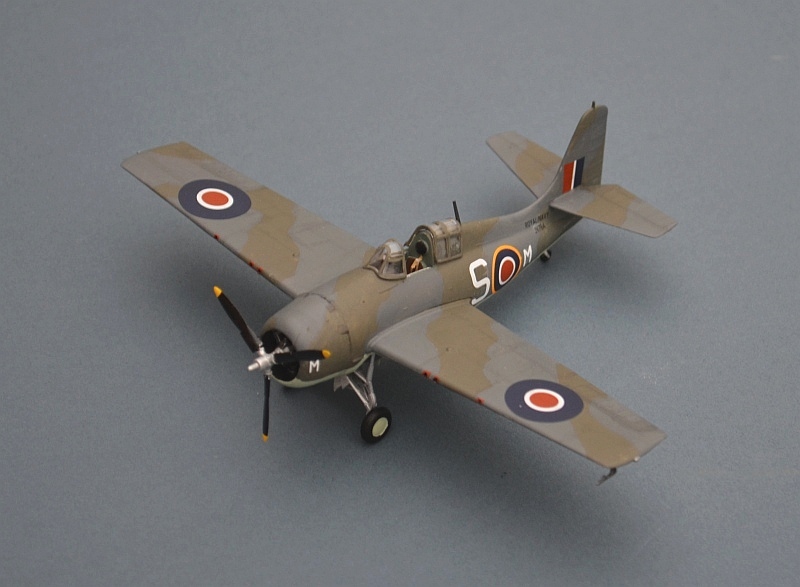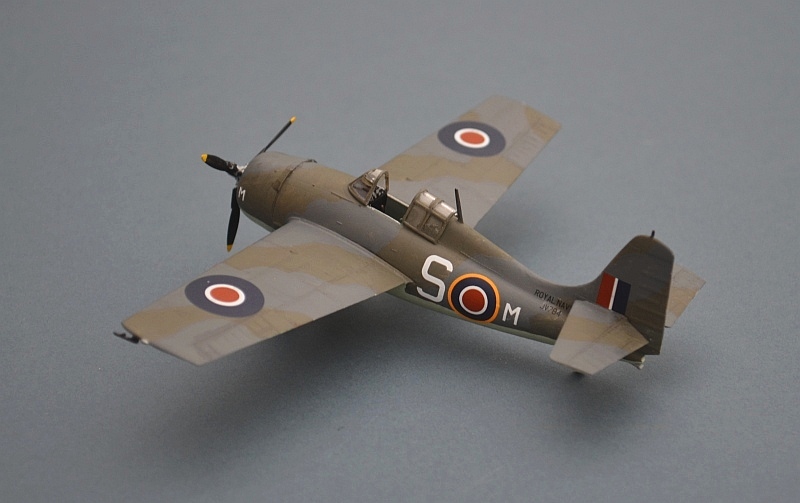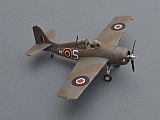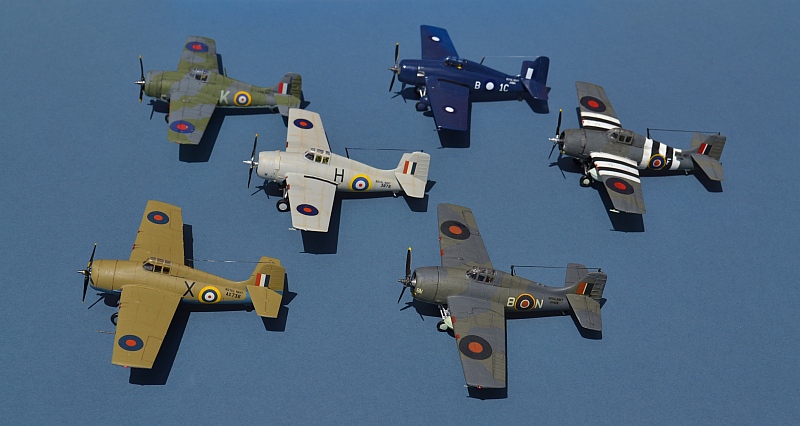
Having (just) survived the debacles of France and Norway, the FAA was in desperate need of modern fighter aircraft to replace the obsolete and compromised designs it had inherited from the RAF's brief period in control of Naval Aviation; fortunately, US company Grumman were willing and able to step quickly in to the gap with their doughty and pugnacious Wildcat, renamed Martlet for RN service.
The start of a long and successful trend for the RN to use US aircraft, the Martlet was a modern design, simple, robust and far ahead of anything the RN possessed at that time; best of all, with the fall of France, Belgium and Greece, large numbers on order for those countries were immediately available. Although they still lagged behind the capabilities of other European land based aircraft like the Spitfire and Bf109, Martlets (and later Wildcats) fought with great success, especially on escort carriers, in the Atlantic and Mediterranean campaigns, as well as ashore in North Africa and the Western Desert, fulfilling a crucial role at a pivotal point in the war.
Grumman Martlet I -
This is the Hobbyboss F-
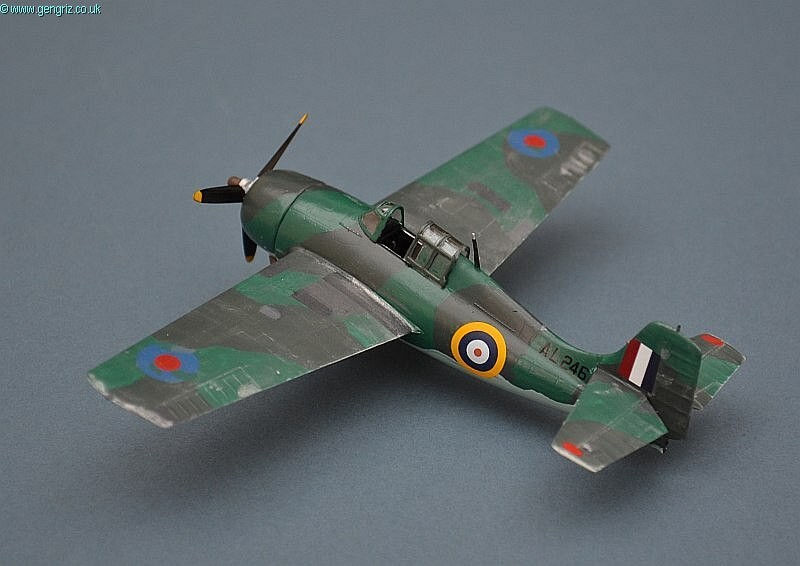
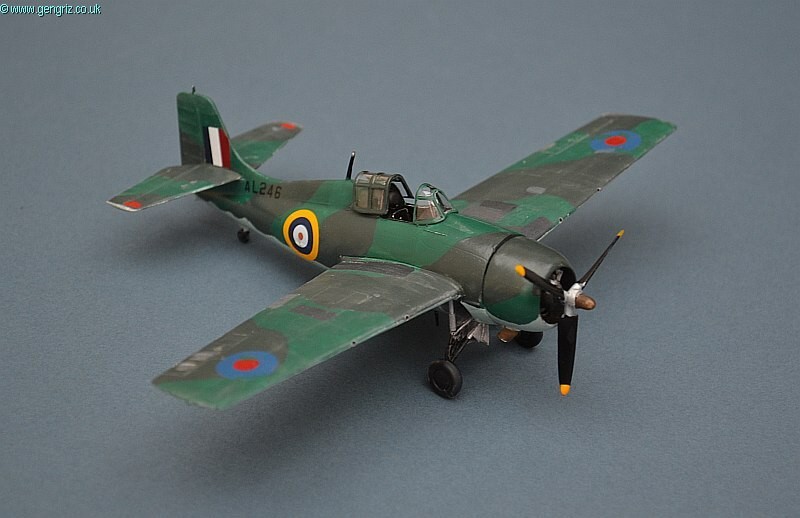
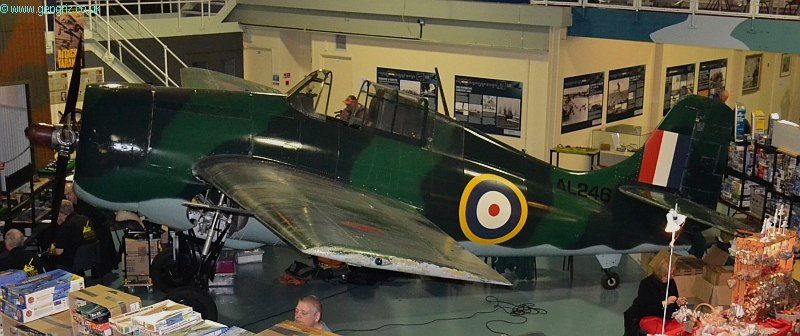
The real thing in 2013, stripped back to its unusual original colours
Grumman Martlet II -
Academy's Wildcat makes a good, low cost base for an early FAA Martlet, although its panel lines are very deep. Decals from my spares box. Wildcats and Martlets of different marks vary in engine fit/propeller, folding or fixed wings, armament (4 or 6 guns) and tail height, none of which are immediately obvious from most photographs; good research is needed to get it right and in this case I am not altogether on the correct path !
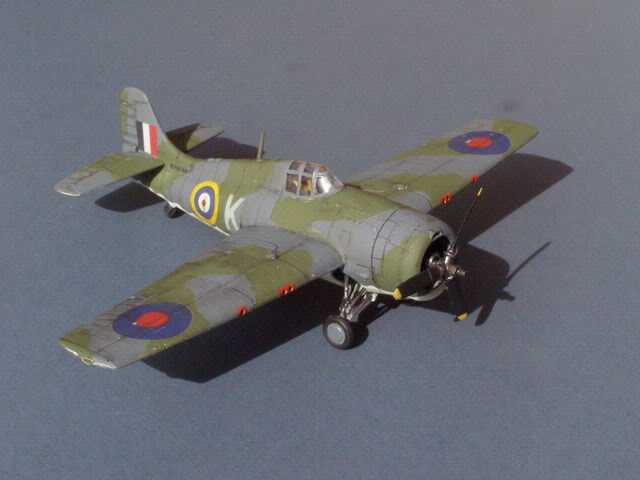
Martlet Is were ex-
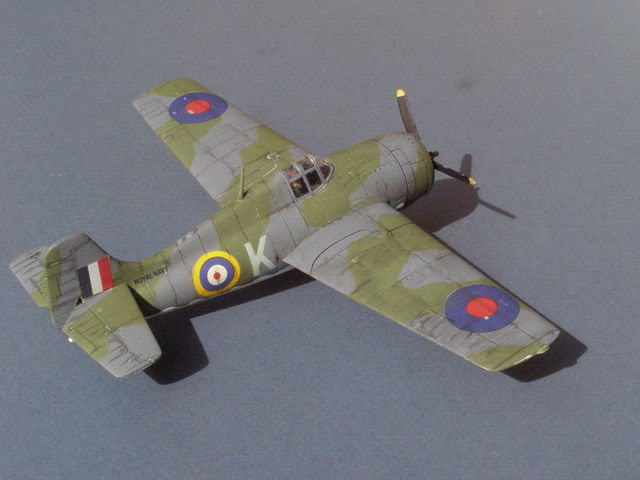
Hasegawa's Martlets/Wildcats are 'state of the art' kits, worthy of the 'shake and make' description, although you pay a premium for the pleasure. As the most accurate Wildcat here, it does highlight issues with the Airfix & Frog kits, but also reveals how nice the much cheaper Hobby Boss kit is.
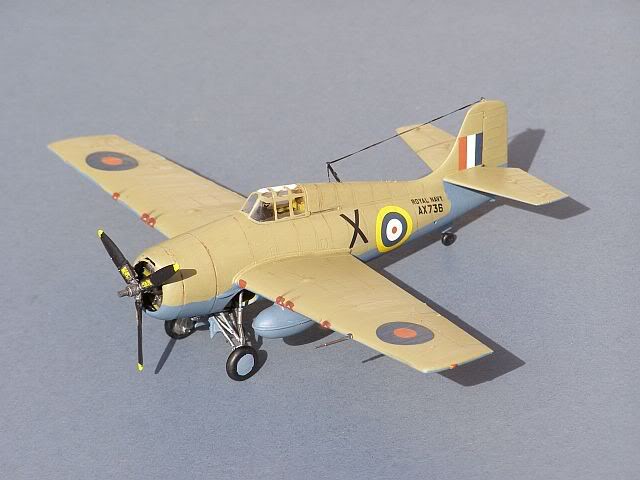
In the aftermath of the Battle for Crete, 805 Squadron reformed on the Martlet III as part of the Western Desert RN Fighter squadron. Their fixed wing aircraft were part of a Greek order taken over after the fall of Greece and proved well suited to desert operations and convoy protection along the North African coast. Originally light USN grey (the Greek order had been drawn directly from US Navy stocks), the Martlets were quickly camouflaged in desert stone and azure blue.


And this is the afore-
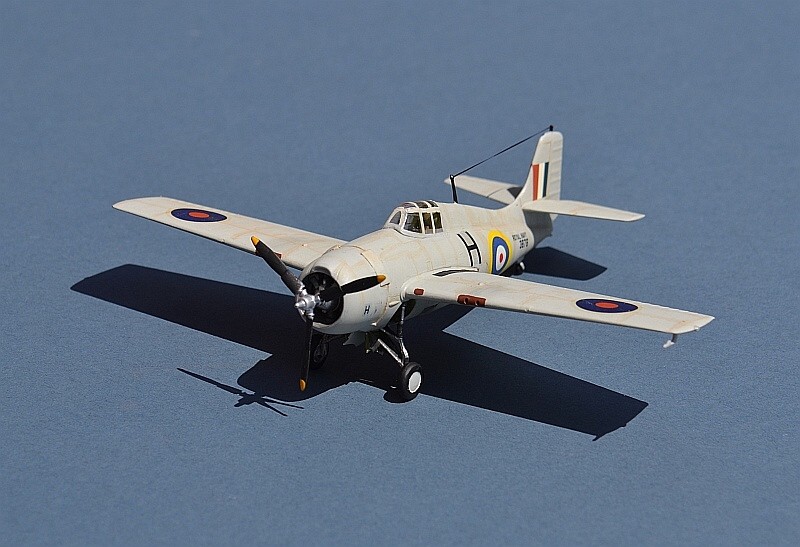
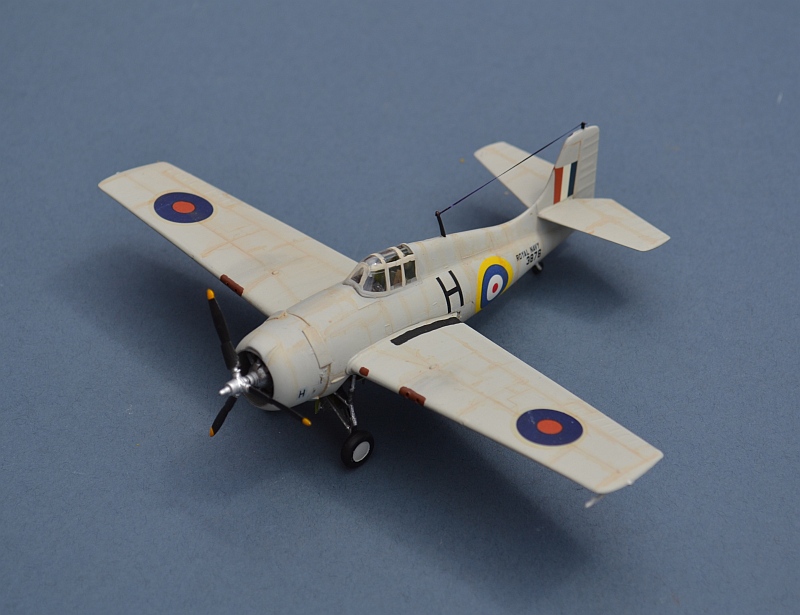
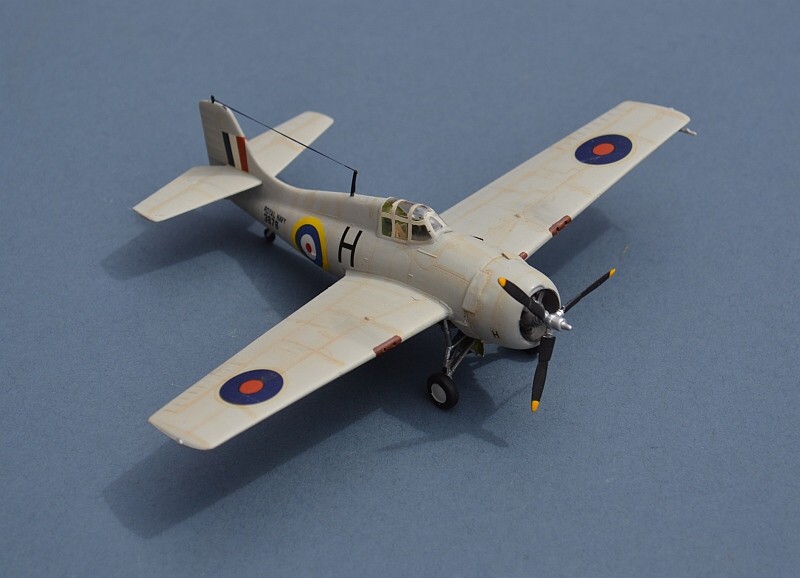
Grumman Wildcat MkIV -
This Frog kit was first issued in 1972. It was originally intended to have an electric prop spinning motor inside the fuselage, which might explain its rather portly dimensions. Having built both, I am now convinced that the Academy kit (above) is based on this one; even though Academy have given their version engraved detail versus the Frog raised lines, the parts breakdown is identical and they are both rather fat in the fuselage.
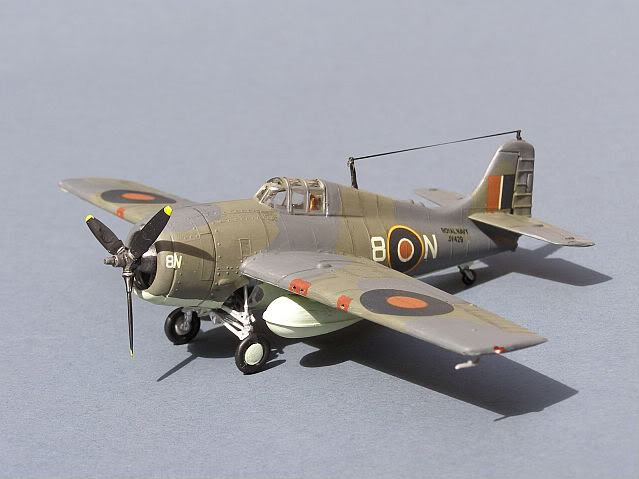
The Mark IV was Grumman's last Wildcat variant (and the first FAA Aircraft to be known by that name, rather than Martlet). 896 Sqn operated Wildcats from HMS VICTORIOUS as part of the British Pacific Fleet until 1943, when they embarked on the Escort Carrier HMS PURSUER, operating in the Mediterranean and North Sea.
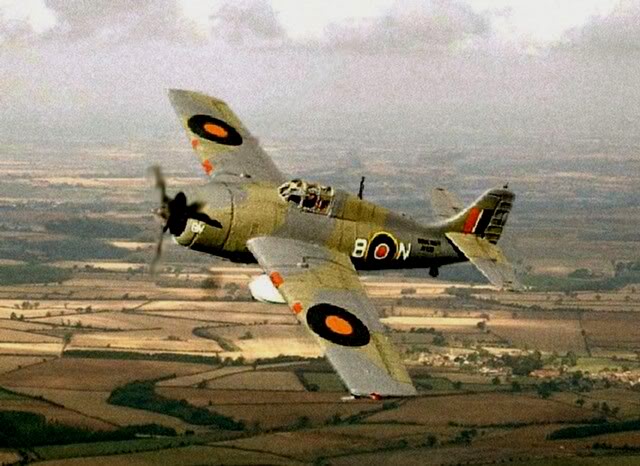
The aircraft modelled took part in Operation Tungsten, the massed FAA and RAF attacks on the Battleship TIRPITZ in Kaa Fjord, Norway. Its pilot was South African born Lt Cdr James Sleigh, who played a key role in the planning of Operation TUNGSTEN, for which he was awarded the DSO.
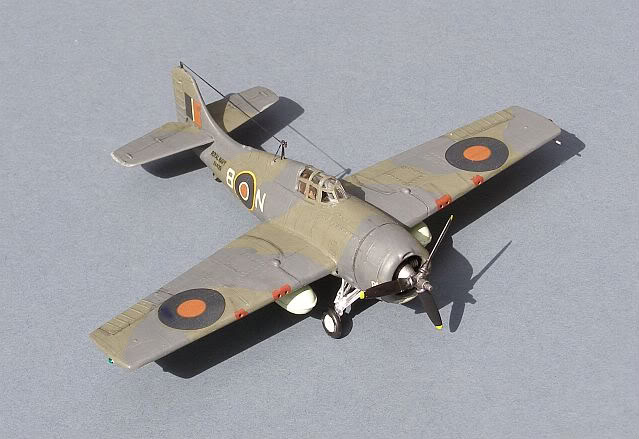
n.b. Several of my references conflict on the ownership of this aircraft; some show 896 Sqn, others 881. Both were embarked in HMS PURSUER for Operation TUNGSTEN and 896 was disbanded shortly after. Some of those references also suggest that this is actually a WIldcat V.

General Motors FM1 Wildcat V -
This Hobby Boss "easy build" kit follows their now-
n.b. For this model I used 2 references: Scale Aircraft Modelling and the Fleet Air
Arm Archive website. Both feature the same photograph, and ascribe the aircraft to
1832 Sqn B Flight, absorbed into a composite 846 Squadron in TRACKER. However Thetford's
British Naval Aircraft Since 1912 shows the same photograph as an 896 Sqn aircraft
in PURSUER. Its possible that both are correct; both TRACKER and PURSUER provided
cover for the D-
By 1943, Grumman were converting their factories for priority production of the Hellcat, but the smaller and less complex Wildcat still had a role. Continuing production was therefore passed to General Motors' new Eastern Aircraft Division, whose FM1 and improved FM2 Wildcats remained in production until the end of WW2. Fleet Air Arm Wildcats (from the Mk IV, its name was changed from Martlet to align with US nomenclature) mainly saw service in the European, Atlantic and Arctic theatres, flying from shore as well as Escort Carriers and Merchant Aircraft Carriers although one squadron (890) was deployed to the Pacific onboard Escort Carrier HMS ATHELING.
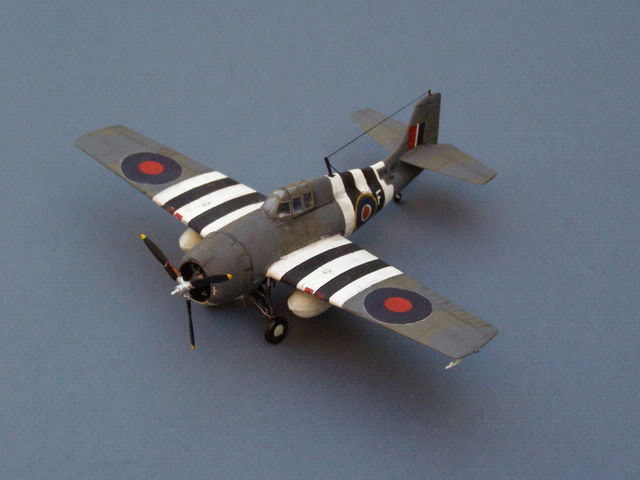
Royal Navy Wildcats of 1832 Sqn (absorbed into 846 Sqn), operating from the Escort
Carrier HMS TRACKER provided air cover for the Normandy Landings during and after
D-
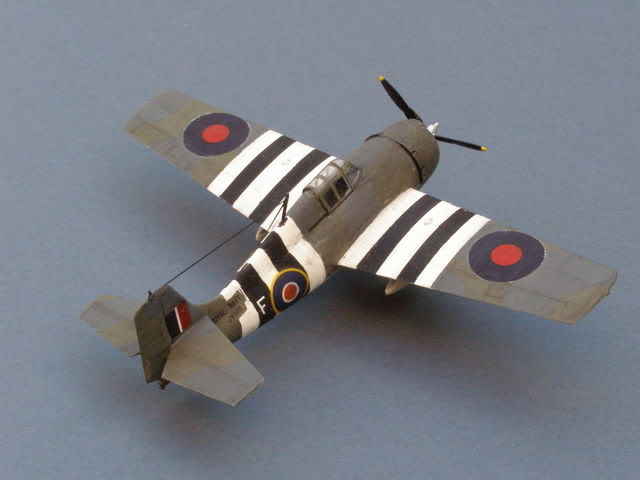
General Motors FM2 Wildcat VI -
Airfix make one of the very few available FM2 Wildcat kits, with the tall fin/rudder,
high exhaust outlets and long skinny double-
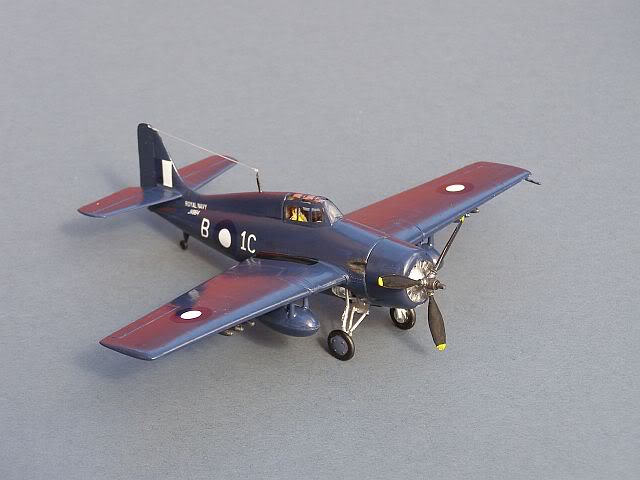
The final Wildcat variant was the FM2, with a more powerful Wright Cyclone engine and optimised for anti submarine work from Escort Carriers. Although the USN used them extensively, relatively few RN Wildcats served in the Far Eastern Theatres.
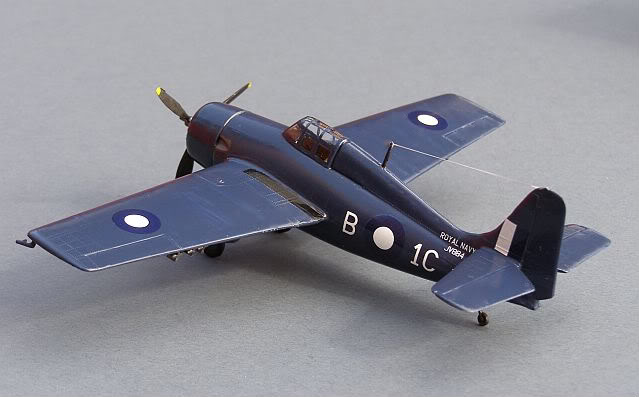
882 Sqn, the subject of this model, flew Martlets and Wildcats from 1941 until after VJ Day, taking part in the invasion of Vichy French Madagascar, the North African Landings, operations with the USN in the Coral Sea and Solomon Islands, North Atlantic Convoys, Arctic Convoys, Norwegian Sea (attacks on the Tirpitz), the Mediterranean, Western Desert, US Landings in Southern France, the Aegean Sea and finally in the Indian Ocean. Pretty much everywhere really and a classic example of the global reach of Naval Air Power.
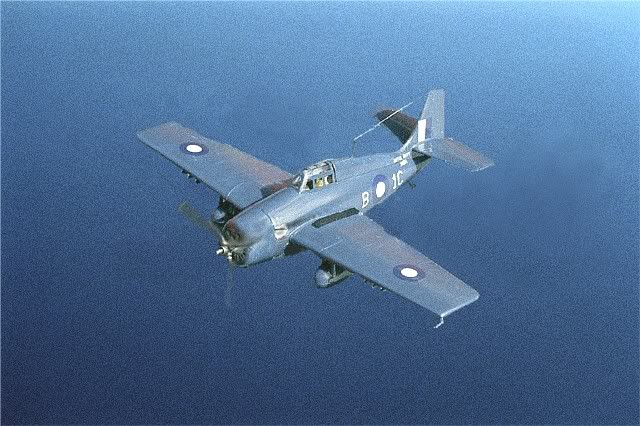
Royal Navy Aircraft -
Grumman Martlet and Wildcat
![]()
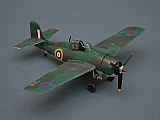
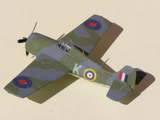
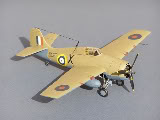
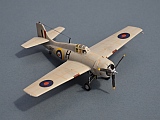
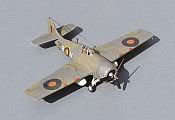
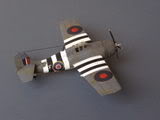
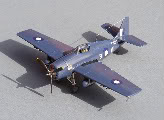
Grumman Martlet Mk III, 805 Sqn FAA, Western Desert, 1941.
Grumman Martlet Mk III, 805 Sqn FAA, Suez Canal Zone, 1942.
General Motors FM2 Wildcat VI -
The Hobbyboss FM2 Wildcat kit is far better than the old Airfix offering. This one has the alternative 2009 Airfix Club Cartograf decals to make it into a late war Fleet Air Arm aircraft operating off the coast of Norway in February 1945.
